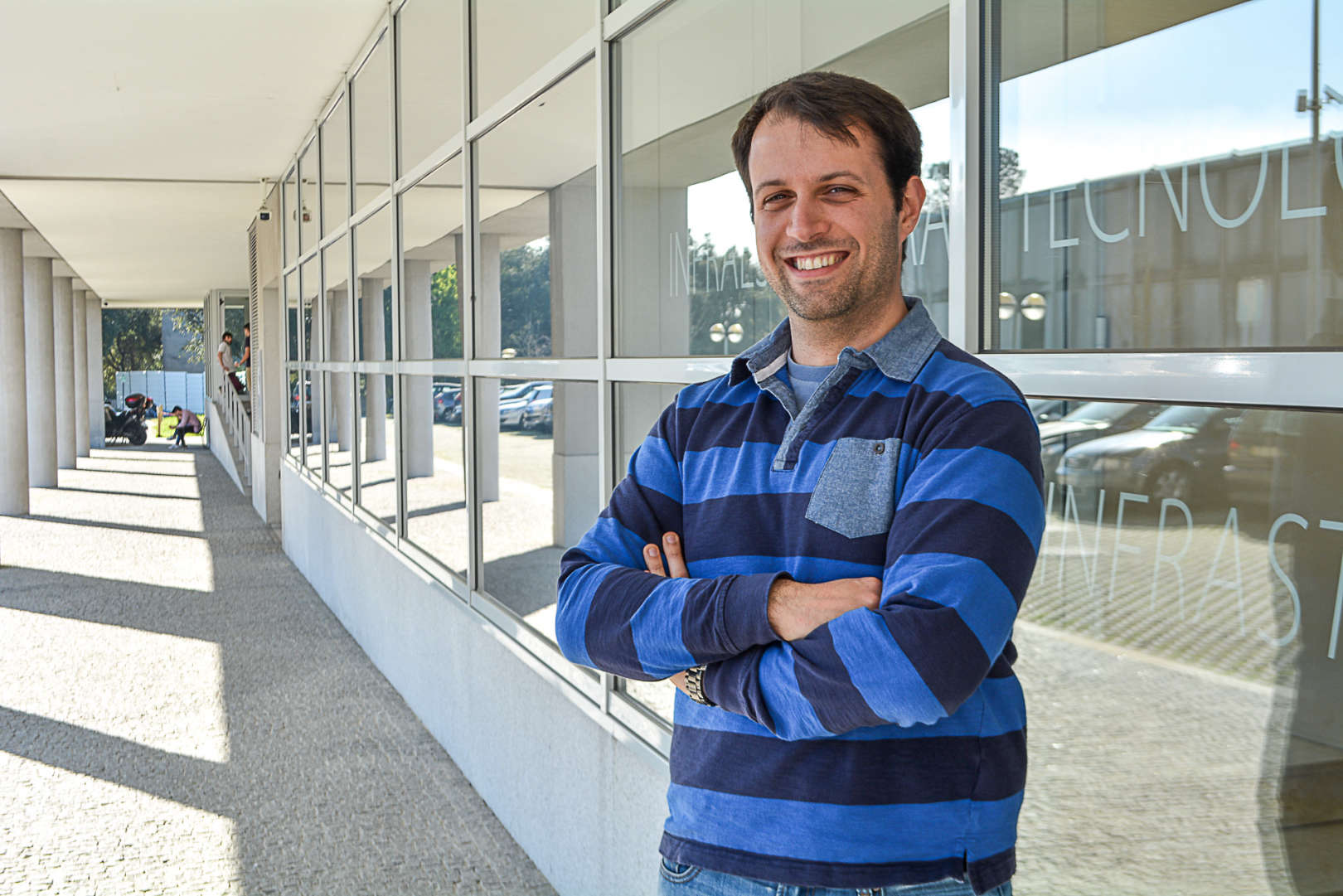About
Ph.D. in Informatics Engineering at Faculdade de Engenharia da Universidade do Porto in 2024, after having obtained the Master Degree in Informatics Engineering - Architectures, Systems and Networks in 2009, and the Licentiate Degree in Informatics Engineering in 2007, both at Instituto Superior de Engenharia do Porto. Passionate about developing engaging, functional, and easily scalable software solutions that can be customised to satisfy the needs of any customer. Previous experience on technologies such as C, C++, C#, Java, Python, SQL, .NET, UML, MySQL, PHP, CSS, TCP/IP, OpenWRT, Hibernate, Android SDK, UDP, H.264, HEVC, MPEG-DASH, OpenGL, and DirectX.


